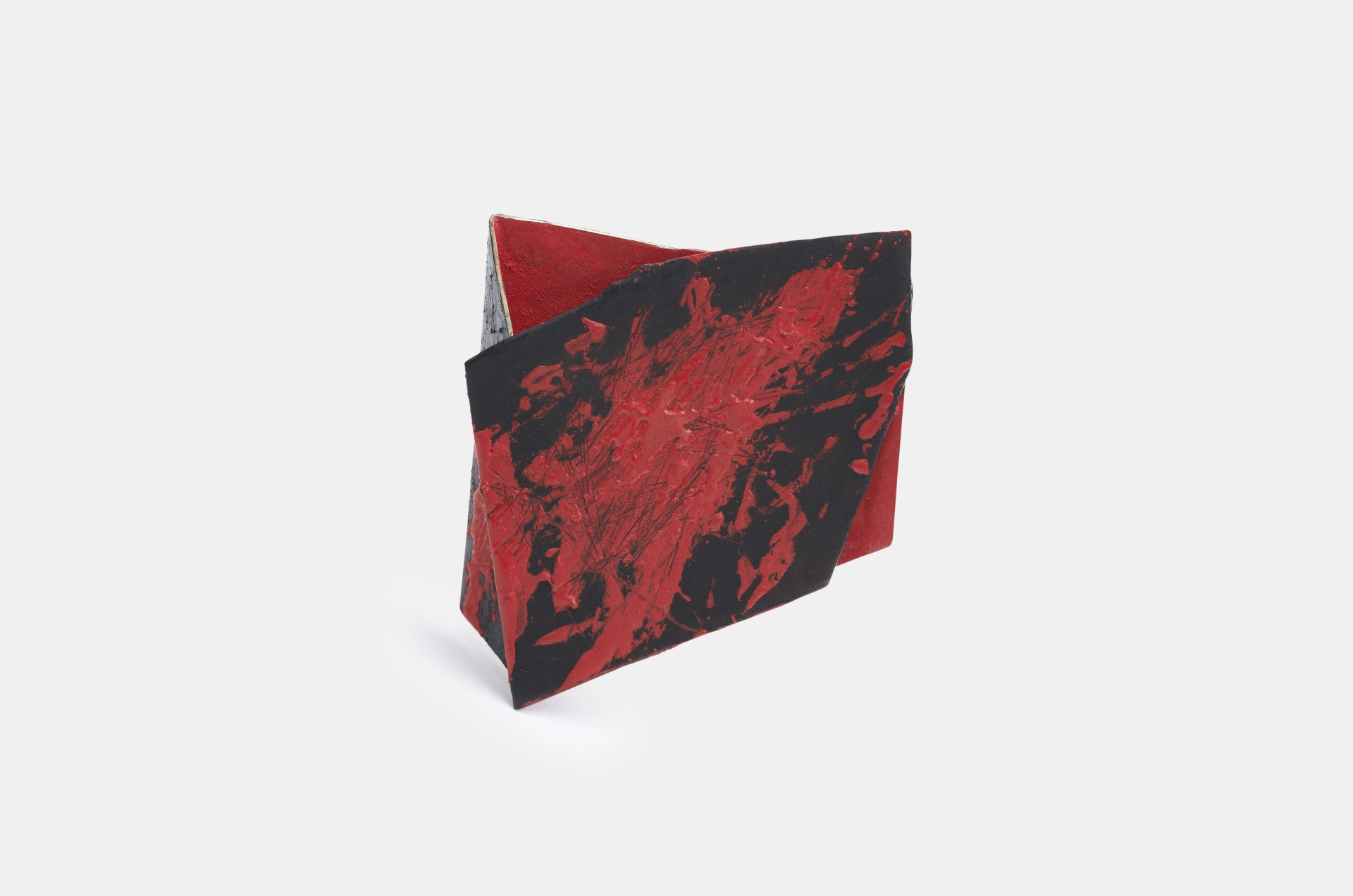Jewellery & art

By the latter half of the twentieth century, jewellery had become an established sector of the contemporary art scene and a medium for autonomous creative expression. While influences from fine art and the probing investigation of new stylistic movements marked the first stirrings of dissent in jewellery design, it would not be long before an entirely independent idiom for dealing with goldsmithing conventions and an autonomous avant-garde developed.
Borrowing design concepts from fine art such as the experimental handling of colour or combining jewellery with drawing and with photography enlarged the repertory available to jewellery designers and furthered their drive to break with traditional notions of style. While all that was happening, exponents of the fine arts, on the other hand, were growing increasingly interested in designing jewellery. Transferring their approaches to art to jewellery with its small formats and the concomitant concentration on essentials were viewed as an exciting challenge.
As a wearable object, jewellery is also of necessity premised on the examination of closeness to the human body. It is, therefore, more than merely an autonomous work in a miniature format. Works like those of E. R. Nele (b. 1932), Dieter Roth (1930–1998) and Lutz Fritsch (b. 1955) vividly illustrate how the boundaries between ‘fine’ and ‘applied’ art can be blurred.
